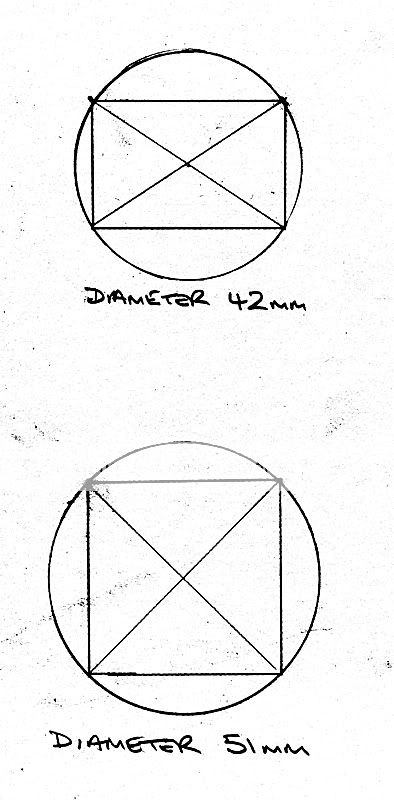- Messages
- 2,905
- Name
- Spencer
- Edit My Images
- Yes
Ok, so I'm just thinking about stuff today, and I got to wondering why (most) film isn't square, and leading on from that, why digital sensors aren't square?
The output of a lens (IE the image projected) is round, so surely it would make more sense to have a square plate to expose, not to mention that square sensors/film would "use" more of the lens output.
Anyone know why?
The output of a lens (IE the image projected) is round, so surely it would make more sense to have a square plate to expose, not to mention that square sensors/film would "use" more of the lens output.
Anyone know why?




